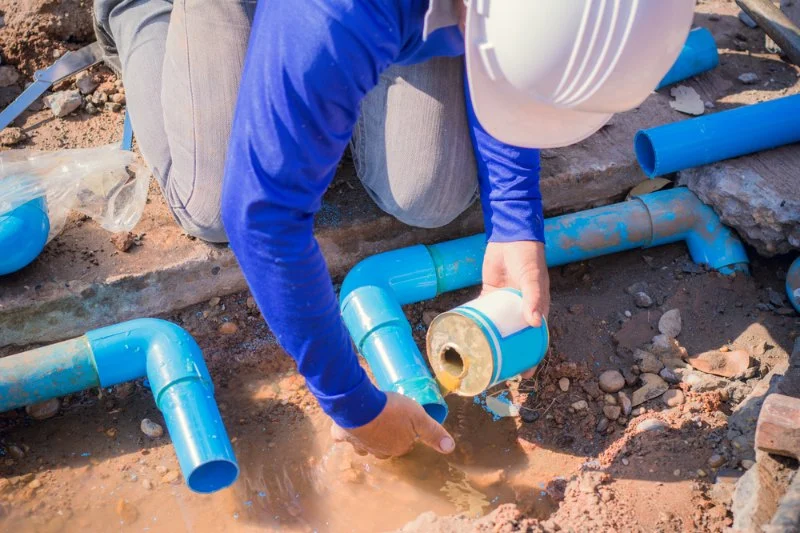
Understanding Sewer System Problems
Having a properly functioning sewer system is crucial for maintaining the overall health of your home’s plumbing. When the sewer line becomes damaged or deteriorates, it can cause major disruptions to your daily life, leading to costly repairs and potential health hazards. It’s important to know the signs that indicate your sewer may need replacement to avoid larger issues down the line. Regular maintenance and knowing when to replace your sewer can save you from severe damage and stress.
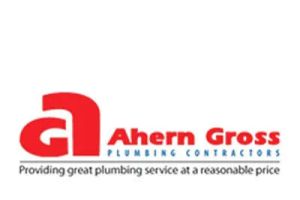
Ahern Gross Plumbing Contractors
Fond du LacFond du Lac CountyWisconsin
218 S Main St, Fond du Lac, WI 54935, USA
Signs That Your Sewer System May Need Replacement
Sewer lines can experience wear and tear over time due to age, tree root intrusion, or shifting soil. Here are the most common signs that indicate your sewer may need replacement:
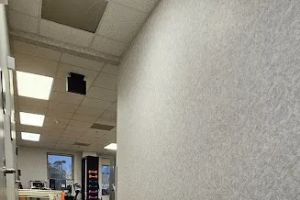
Signature Mechanical
Saint PaulAnoka CountyMinnesota
1717 University Avenue West, Saint Paul, MN 55432, USA
1. Frequent Clogs and Slow Draining
If you’ve been experiencing frequent clogs or slow drainage in multiple drains around your house, it could indicate a bigger issue with your sewer line. This could be caused by blockages in the sewer pipe itself or tree roots infiltrating the pipe. While some clogs can be cleared with a plunger or drain cleaner, repeated occurrences may point to a more significant problem that requires a professional sewer line inspection and possibly replacement.
2. Sewage Backups in Your Home
One of the most concerning signs that your sewer line needs replacement is sewage backing up into your home. This can occur when the sewer line is severely clogged or damaged. If sewage starts to back up in your toilets, sinks, or bathtubs, it’s a clear indication that your sewer system is compromised. This is a health hazard, and immediate action is necessary to prevent further damage and contamination.
3. Unpleasant Odor in Your Yard or Home
Another sign that your sewer may need replacement is the presence of foul odors around your property. If there’s a noticeable smell of sewage near your yard or inside your home, this could mean that the sewer line is leaking or broken. The smell is a result of waste materials leaking out of the pipe, which can lead to contamination and unpleasant conditions. If you notice this odor, contact a professional plumber immediately to inspect the issue.
4. Indentations or Lush Growth in Your Yard
If you notice unusual indentations, soggy patches, or lush growth in certain areas of your yard, it could be a sign of a leaking sewer pipe. Tree roots can invade sewer lines, causing leaks and cracks that allow sewage to escape. The extra moisture can lead to an increase in plant growth or water pooling in your yard, signaling that the sewer line may be compromised and in need of replacement.
5. Aging and Deteriorating Sewer Pipes
If your home is old and the sewer pipes haven’t been replaced in decades, it may be time to consider an upgrade. Older homes often have clay or cast iron pipes, which deteriorate over time, leading to cracks, leaks, and blockages. If your house is over 50 years old, you should consider scheduling a sewer inspection to assess the condition of your sewer line. Replacing outdated pipes with modern PVC or other durable materials can prevent future plumbing issues.
How to Prevent Sewer Problems and Ensure Longevity
While sewer issues are sometimes unavoidable, there are steps you can take to prevent problems from arising prematurely and extend the life of your sewer line:
1. Regular Sewer Inspections
One of the best ways to identify potential sewer issues early is through regular inspections. A professional plumber can perform a sewer inspection using a camera to assess the condition of the pipes and identify any issues before they become major problems. Regular inspections are especially important for homes with older plumbing systems.
2. Avoid Flushable Wipes and Grease
Even if a product is labeled "flushable," it doesn’t mean it should be flushed down the toilet. Items like flushable wipes, paper towels, and grease can easily cause blockages in the sewer system. To maintain the health of your sewer line, avoid flushing anything other than toilet paper and human waste.
3. Trim Tree Roots Near Sewer Lines
If you have trees planted near your sewer line, their roots can grow into the pipes and cause cracks or blockages. Regularly trimming tree roots and planting trees at least 10 feet away from sewer lines can help prevent root intrusion and reduce the risk of sewer line damage.
When to Call a Plumber for Sewer Replacement
If you notice any of the signs mentioned above, it’s important to call a plumber as soon as possible for an assessment. A plumber can perform a thorough inspection to determine whether your sewer line needs replacement and provide you with a detailed report of the situation. Addressing sewer issues early can save you from more expensive repairs in the future and avoid extensive water damage to your home.
Get Expert Plumbing Help from Plumbers Supply Hub
For all your sewer and plumbing needs, visit Plumbers Supply Hub to find reliable professionals and the best products for your plumbing system. Whether you need sewer line replacement, inspection, or general plumbing services, we provide expert recommendations to help you maintain your home’s plumbing system in top condition.

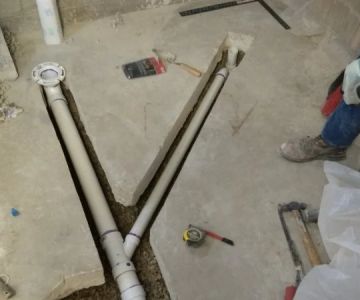





 Oakland Plumbing LLC5.0 (17 reviews)
Oakland Plumbing LLC5.0 (17 reviews)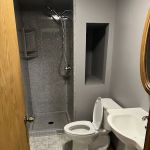 Midwest Plumbing & Service4.0 (7 reviews)
Midwest Plumbing & Service4.0 (7 reviews)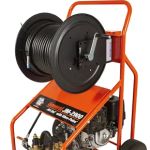 Moberly Plumbing4.0 (117 reviews)
Moberly Plumbing4.0 (117 reviews)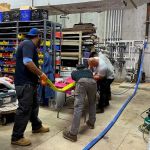 American Trenchless Technologies4.0 (8 reviews)
American Trenchless Technologies4.0 (8 reviews) Tony's Plumbing3.0 (12 reviews)
Tony's Plumbing3.0 (12 reviews)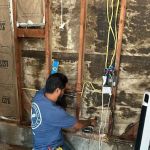 Socal Plumbing Co5.0 (5 reviews)
Socal Plumbing Co5.0 (5 reviews)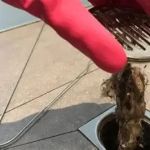 How to Repair a Hairball Clog Without Harsh Chemicals
How to Repair a Hairball Clog Without Harsh Chemicals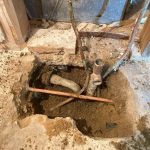 How to Repair a Junction That Is Leaking Under Slab: A Comprehensive Guide
How to Repair a Junction That Is Leaking Under Slab: A Comprehensive Guide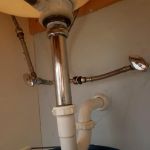 How to Replace a Sink Overflow Tube: A Complete Step-by-Step Guide
How to Replace a Sink Overflow Tube: A Complete Step-by-Step Guide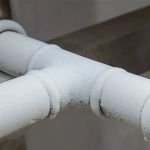 What Causes Frozen Pipes and How You Can Prevent It - Expert Tips
What Causes Frozen Pipes and How You Can Prevent It - Expert Tips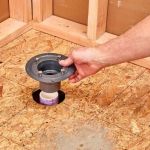 How to Replace a Shower Niche Drain: Step-by-Step Guide for Homeowners
How to Replace a Shower Niche Drain: Step-by-Step Guide for Homeowners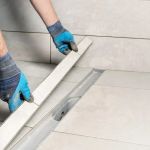 How to Replace an In-Wall Shower Drain: Step-by-Step Guide
How to Replace an In-Wall Shower Drain: Step-by-Step Guide